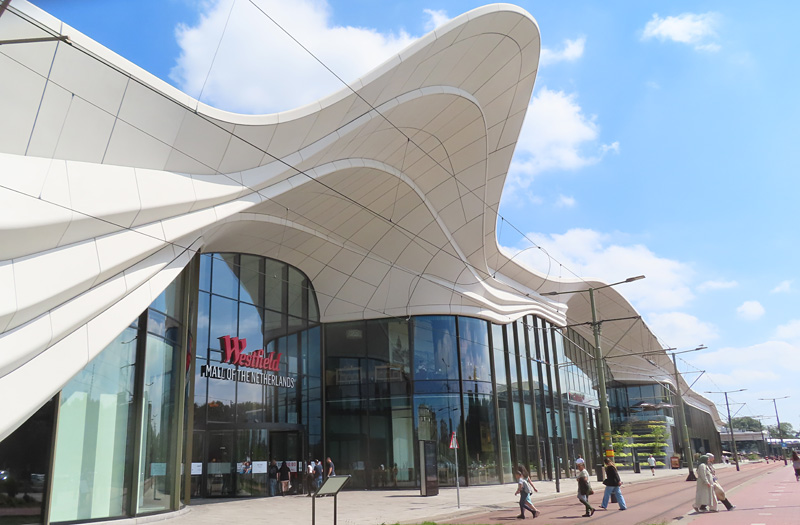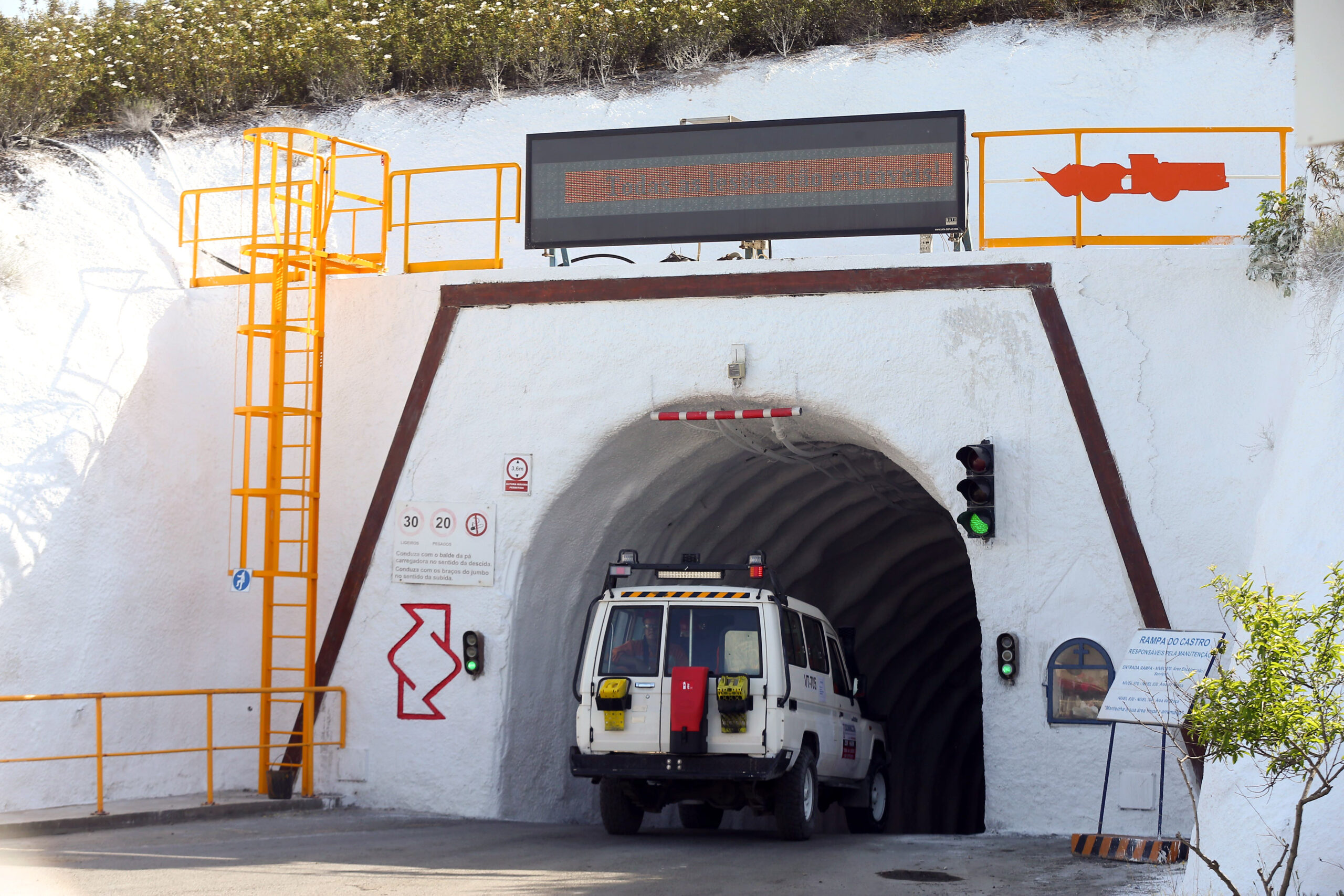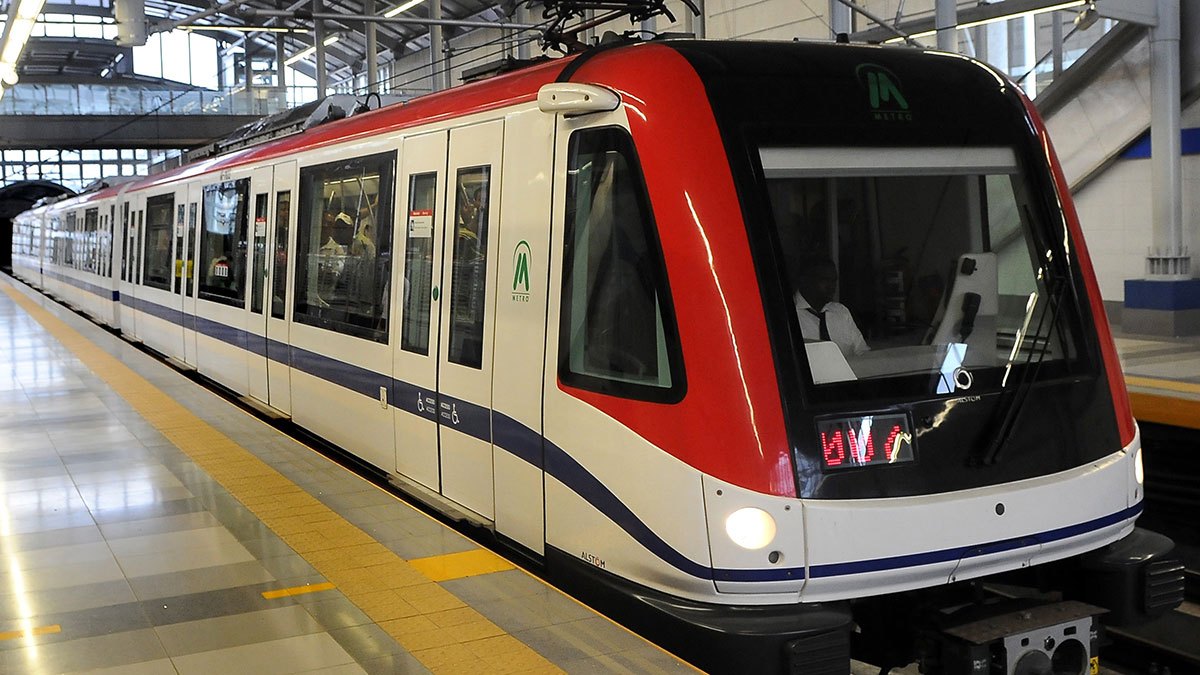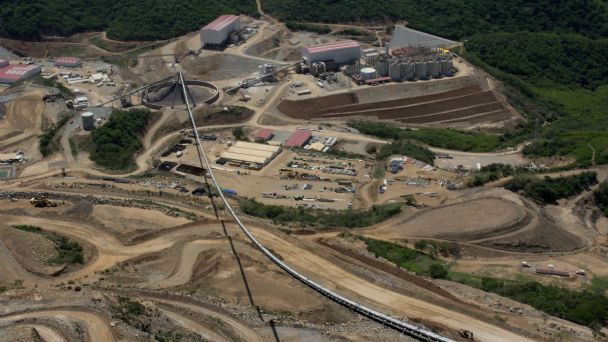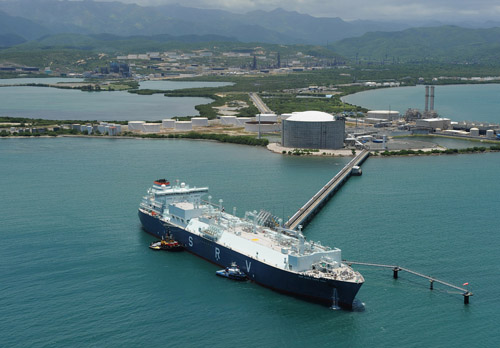
It was at the beginning of the 1990s that the groundwork behind the foundation of EcoElectrica was first laid. Impacted by a combination of high oil prices and new legislation designed to combat the environmental impact of the fuel, the newly elected Government of Puerto Rico embarked on a plan to diversify the country’s energy portfolio, incorporating more clean, safe and cost effective alternative energy sources in order to reduce Puerto Rico’s dependency on oil, which at the time made up 99 percent of the energy used on the island.
“It was the executive director of PREPA at the time that helped facilitate the creation of a Power Purchase Agreement (PPA) contract which would come to be in place by early 1995, effectively beginning the journey of EcoElectrica,” explains Jaime Sanabria, General Manager of Finance and Administration. “Following several years, during which time financing was put in place and fuel agreements were signed, EcoElectrica’s ground-breaking ceremony was held in 1998 and two years later, in March 2000, commercial operations officially began at our power plant, followed by our LNG terminal in August 2000.”
The first independent power generator in the world to integrate a cogeneration plant using natural gas with an import terminal for LNG, EcoElectrica is today the preferred supplier of energy to PREPA and possesses the only facility on the island with the capability to import, store, regasify and export natural gas.
“The time we have been in existence has been very much defined by our mutually beneficial and strong relationship with PREPA,” Sanabria continues. “With new regulations being introduced on a regular basis by the likes of the Federal Government and the Environmental Protection Agency targeting emissions and other controls we have become an even larger part of the energy equation in Puerto Rico. In our case 99 percent of the fuel we burn is of course natural gas, therefore we should provide PREPA with a means to avoid what are very costly penalties that would be incurred from not meeting these new regulations that take effect in April 2015.”
At the heart of the company’s power generating ability is its combined cycle power plant, one which operates on three generating turbines, two of which burn gas with the other being a steam turbine. Together these allow the plant to produce approximately 540 megawatts of power, a figure which equates to 15 percent of the total electricity generated in Puerto Rico. The steam generated during the process of converting LNG also helps run the plant’s water desalination facility. Here the company extracts ocean water in order to produce two million gallons of distilled water and drinking water per day. After servicing its own water needs the company is left with a surplus of some one million gallons of water which it uses to supply PREPA’s Costa Sur plant.
The other ace up EcoElectrica’s sleeve is its LNG terminal. In addition to its above land storage facility, which allows the company to store to up one million gallons of LNG in liquid form, the facility also boasts four regasification units, each of which has a capacity to regasify up to 93 million square feet of gas per day. Two of these units operate on a continual basis while the others act as back up.
“The terminal also acts as an import facility into which we receive between 24 and 26 shipments of natural gas per year,” Sanabria highlights. “On average the standard cargo we receive per shipment equates to some 119,000 cubic metres of gas, with nine of these annual shipments being consumed by ourselves and the remainder being used by PREPA as its Costa Sur plant.”
EcoElectrica has always been among, if not the lowest cost producers of energy in Puerto Rico, however the benefit this provides consumers in the form of lower energy bills is far from the only positive impact the company strives to have on the island and its people.
While admittedly the company’s various environmental initiatives did begin life as a demand of the permit requirements it was granted back in the 1990s they have continued to grow well beyond the periods defined by these early agreements. Examples of EcoElectrica’s continued commitment include its monitoring of the ecosystem that exists in the Bay of Guayanilla in which it is located. Here it assists with the monitoring of sea life including sea grass, corals and nesting turtles, in order to ensure that there is no deterioration in sea life as a result of its activities or industrial processes.
Social responsibility also plays a considerable part in the company’s operations, with EcoElectrica priding itself on being a long standing supporter of local communities, particularly when it comes to the education of children. “Every year we provide 40 scholarships to the most outstanding students graduating from both the Guayanilla and Peñuelas high schools as a way of supporting their individual process into higher education,” Sanabria enthuses. “Since 1999 we have awarded over $600,000 in scholarships, an investment that is worth every cent when we see these students returning as engineers, scientists and so forth, and thanking us for the opportunities we helped create in some small way.”
In addition to the aforementioned programme, EcoElectrica also provides assistance by supporting a local kindergarten by supplying all the uniforms, books and stationary required for the children that are beginning their educational lives each year. Meanwhile the company is also active in helping communities develop ways in which they can better themselves, supporting various community outreach programmes that are designed to highlight the way people can achieve a better quality of life without the need of an open cheque book.
At the time of writing, Puerto Rico faces a new challenge, one born out of the recent downgrading of its credit rating by several leading financial institutions. In recognising the part it has to play in helping the island’s Government to correct this financial situation, EcoElectrica stands poised, willing and able to maximise its own contribution in the form of low cost energy production, while also providing PREPA with increased support by maximising the send out of natural gas to its Costa Sur plant.
From a longer term perspective the company will be looking to develop the utilisation of its LNG terminal. “This facet of the business has great potential, with it being the only facility of its kind on the island capable of receiving and distributing LNG,” Sanabria says. “We see it as having the potential to positively impact several economic areas that have yet to be targeted in Puerto Rico, for instance the chemicals industry and the field of automobile applications. Our priority is to get the Government’s perspective regarding the terminal and how we can best align it to their plans in order to maximise the facility’s contributions. Meanwhile, we will also be keeping our mind open to the possibility of one day serving other Caribbean islands with LNG should that become a better way of maximising our potential in the long run.”
Regardless of where the future may take its LNG terminal, there can be little doubt that as one of the lowest cost producers of energy on the island, together with its willingness to contribute to and improve the lives of Puerto Ricans, EcoElectrica will have an increasingly significant role to play in Puerto Rico’s future.
Written by Will Daynes, research by Abi Abagun



 EcoElectrica-Americas-O&G-May14-Bro-s.pdf
EcoElectrica-Americas-O&G-May14-Bro-s.pdf